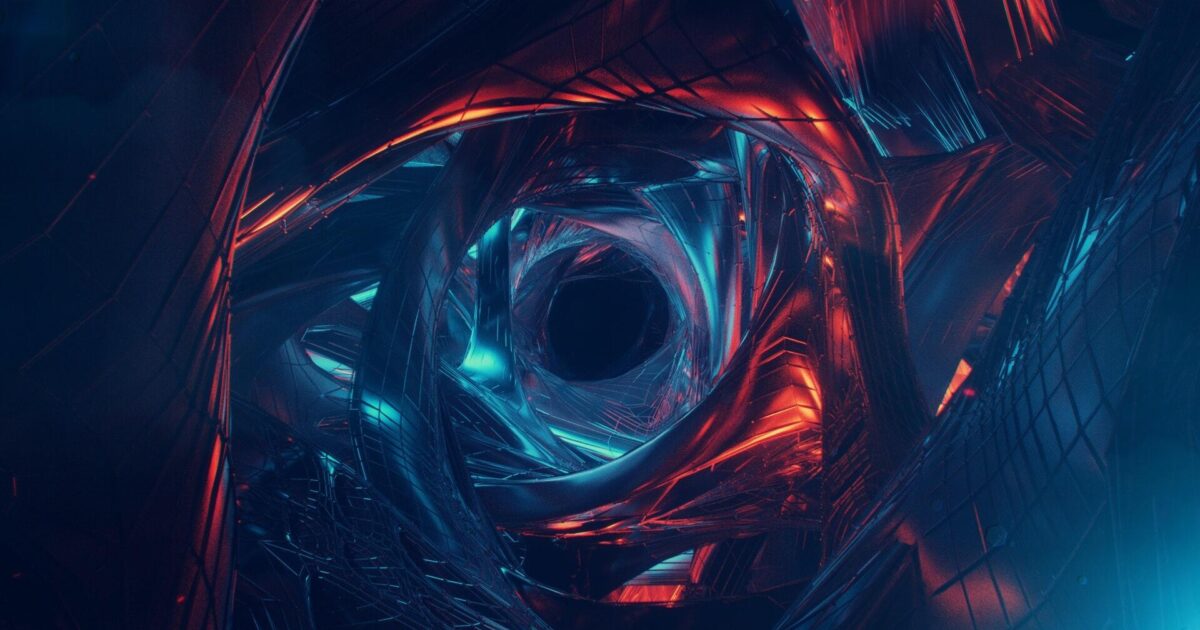Renzatic
Egg Nog King of the Eastern Seaboard
- Joined
- Aug 14, 2020
- Posts
- 4,243
Okay, this is going to be the VERY LAST TIME I post this damn thing. The only reason why I'm doing so again is because I decided to use Cycles instead of Eevee (slow ass raytraced vs. realtime rasterized if that makes any sense to you) to see how it looked, and I was impressed by the difference it made. It just looks and feels more full and interesting now.
It took nearly half an hour to render vs. the roughly 3 seconds it takes to produce the shot above. Here's the end result.

And now to work on some trees.
It took nearly half an hour to render vs. the roughly 3 seconds it takes to produce the shot above. Here's the end result.
And now to work on some trees.


